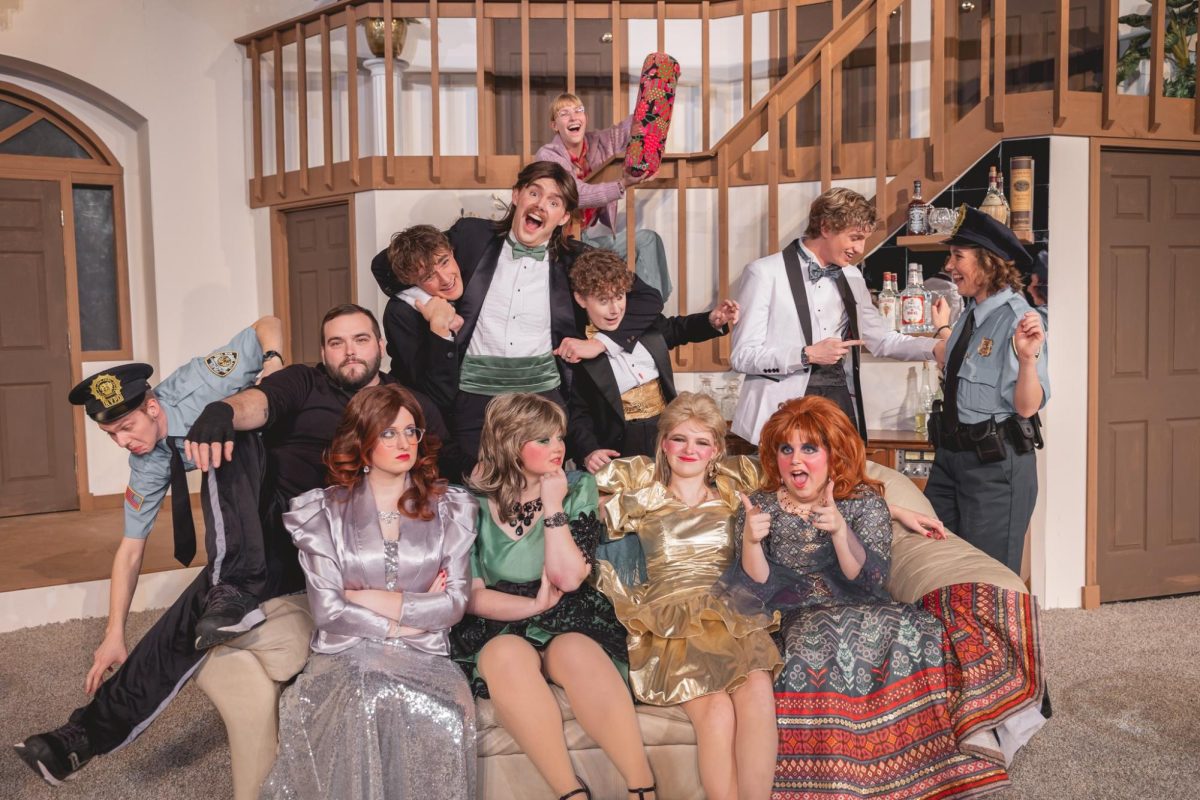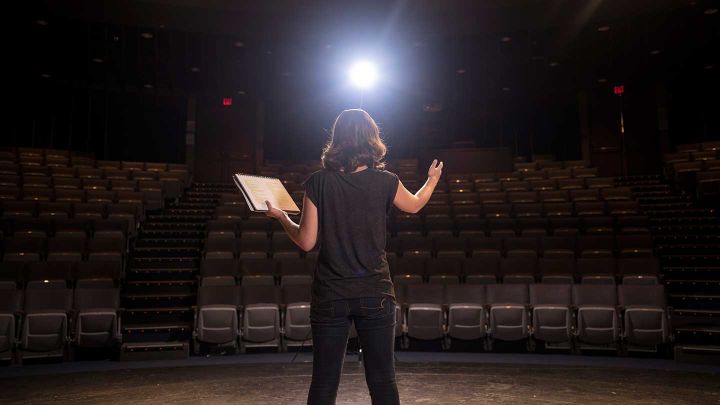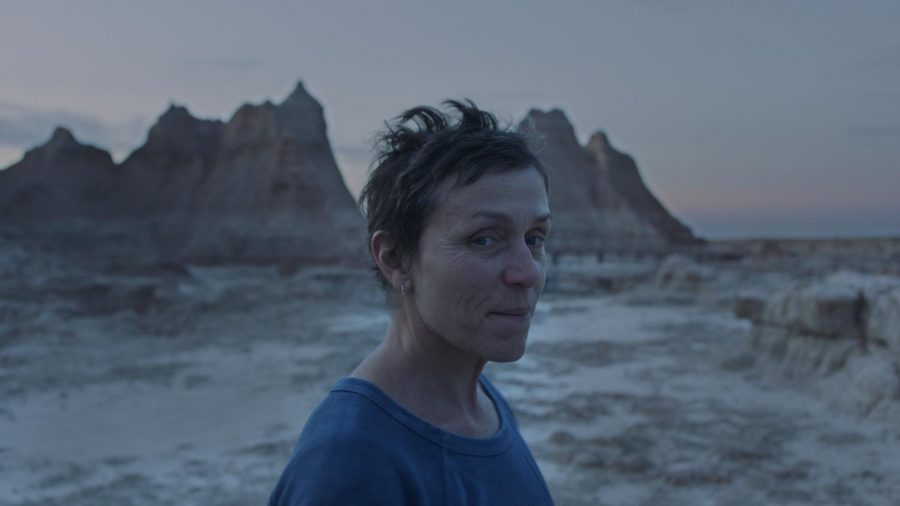To those who are familiar with Guillermo Del Toro’s previous films, “Crimson Peak” should feel familiar. Some of the director’s previous work includes the beautifully designed and realized “Hellboy” and the bloody fairy tale that is “Pan’s Labyrinth.” So it should come as no surprise that “Crimson Peak” is both bloody and visually breathtaking.
Set in 1800s America and England, the film follows Edith Cushing, the daughter of a hard-working industrialist. Edith is a novelist, and a good one at that, but what makes her unique is that she can talk to ghosts. Edith’s connection to the spirit realm began after her mother died only to appear to her from the dead to impart a mysterious warning: “Beware of Crimson Peak.” Back in the present, Edith’s adult life takes an unforeseen turn when she falls in love with the brooding and mysterious Thomas Sharp is visiting America on a business trip with his sister Lucille. Against her better judgment, Edith weds Thomas and accompanies him and Lucille back across the pond to their English manor. Little does Edith know that her new residence is none other than the sinister Crimson Peak.
The film, as a Del Toro work, is a visual feast. The director has always been someone who has propelled his film on the visual aspects and he really outdoes himself this time. The period costumes are immaculate as Victorian gentleman and ladies waltz the dance floors in satin black tuxes and vibrant dresses. The magnificence of these costumes is only enhanced as we see them become tarnished and degraded with blood.
The set design, especially in regard to Crimson Peak, is incredibly detailed and convincing. The dilapidated manor brims with paintings, candles, cobwebs and shadows. It is this attention to detail that allows the house to become a character of its own as it breathes, quivers, creaks and literally bleeds as the red clay that lives in the mines below the manor’s foundations squirts and oozes through the floors and walls.
These visuals are enhanced by Del Toro’s trained eye in regards to cinematography. The camera seeks to enhance the ghostly mood and tone that Del Toro seeks to capture as it tracks and zooms in disorienting ways. Del Toro includes some old-school camera trickery in his transitions — particularly his iris wipes, which is when the lens is surrounded by blackness and slowly closes in on a small image on screen. These transitions are used to foreshadow events.
The performances are melodramatic and thus effective considering the gothic tone of the film. Jessica Chastain as Lucille delivers a truly frosty and sinister performance which is complimented by Tom Hiddleston’s looming presence as Thomas. The film concludes with several monologues which echo a well-staged drama despite their purpose of disclosing a bunch of secrets and back story.
For those who read anything by Edgar Allen Poe in high school or who are familiar with Emily Brontë’s “Wuthering Heights,” the atmosphere and tone of “Crimson Peak” should be instantly familiar. The film serves as Del Toro’s love letter to the gothic art movement complete with ghosts, a dilapidated mansion, a passionate romance and buckets of blood. The film is not without its flaws; some of the performances miss their mark and at times the narrative seems hollow and all too familiar. Yet “Crimson Peak” still captures Del Toro’s penchant for crafting dark fantasy in the same vein of a Grimm’s fairytale, while giving us that old-fashioned cinema spookfest of a bygone era.












